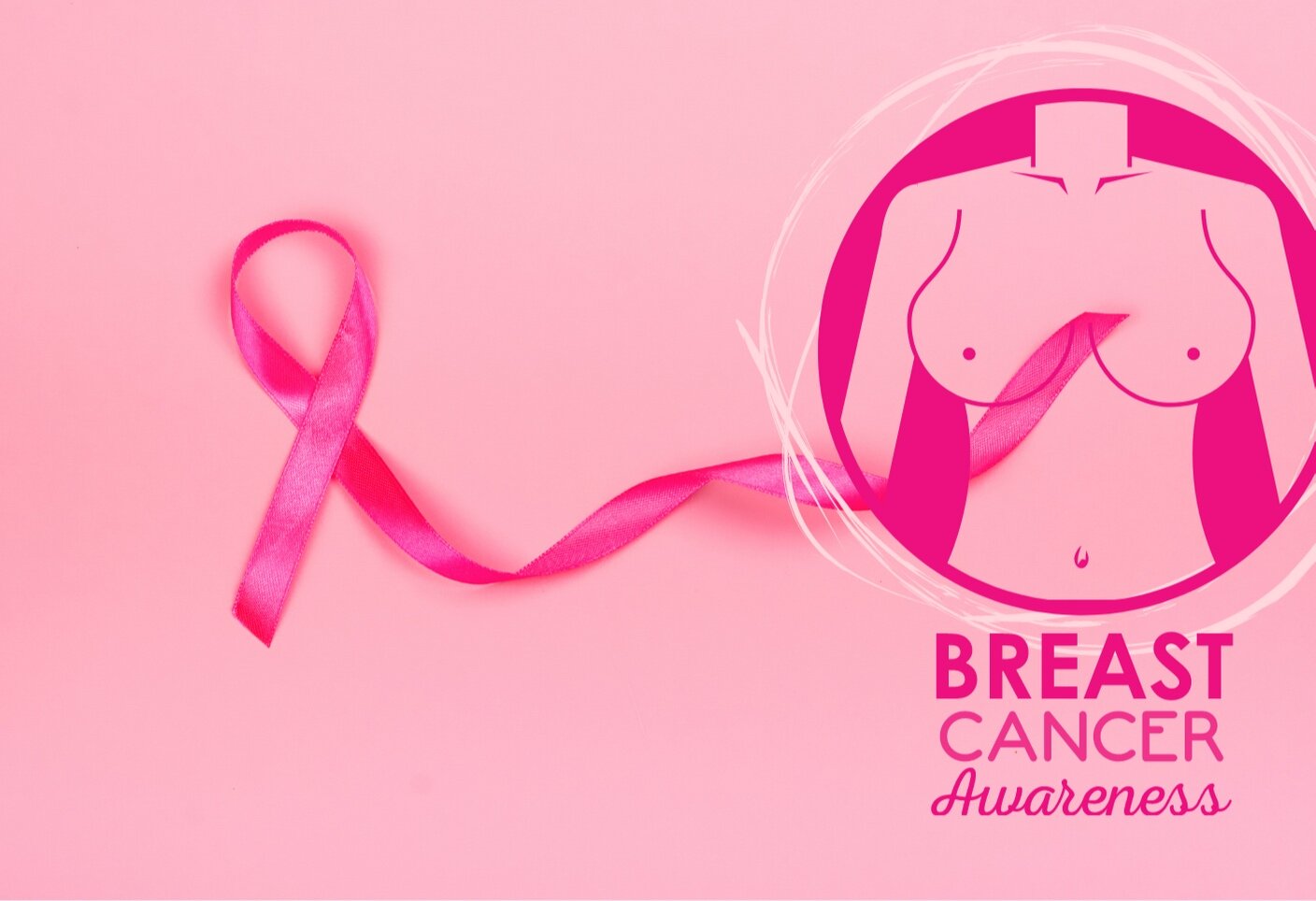A Guide to a More Sustainable Diet

A Guide to a More Sustainable Diet
Definition of Unsustainable - not able to be maintained at the current rate or level
Carbon dioxide, CO2, is a greenhouse gas that breaks down the earth’s ozone layer. The ozone layer absorbs UV light, a form of radiation from the sun, and this leads to Global warming. On average, the carbon footprint of an EU citizen is 8.4 tonnes yearly, which is more than an African elephant weighs. Your carbon footprint is the amount of CO2 released into the atmosphere as a result of your activities. That changes with how much public transport you use, how many times you fly per year, how much you buy, what you buy and where you buy from, the energy you use to light and heat your house and what types of energy you use to do that (renewable or natural gas). It can also change based on what you eat.
It is estimated that to reverse climate change, your carbon footprint cannot go over 0.6 tonnes yearly. On average, we exceed this by 7.8 tonnes. What you eat and where you get it from has a big impact on your carbon footprint. In the UK, 0.3 tonnes of CO2 per person comes from food transport and most of this can be saved by buying more food from local sources. On top of this, estimates put the total CO2 generated from the production of meat and dairy at 24 million tonnes in the UK. Globally, animal farming is responsible for 60% of emissions from agriculture. In places like Brazil, cattle and soya farming leads to large areas of the Amazon rainforest being cut down and cleared, resulting in a rise in CO2 due to the land often being burned to clear it faster, and wood releasing more CO2 than burning gas, oil or even coal.
Most soya is grown in the Americas with around half of all soya coming from Brazil and Argentina. A rise in meat and dairy consumption has led to more demand for soya with around 98% of global soya beans being used for animal feed. The demand means that natural forests such as Gran Chaco and The Brazilian Cerrado are torn down to make space for production. Soya and cereals (wheat, oats, rice, corn, barley, sorghum, rye, and millet) are used to feed livestock because it takes up more land and is more expensive to feed livestock on pasture. 36% of the worlds crop calories are fed to animals and in places like the US where intensive farming (farming on a large and industrial scale) is common, it takes around 20kgs of feed to produce just 1kg of beef. There are growing concerns about how to feed a world population set to reach 9 billion in 30 years’ time. The truth is, meat consumption is inefficient and moving forward we need to change this.
Overfishing is also caused by an increase in demand; overfishing is catching fish faster than stocks can replenish (faster than the fish can hatch) leading to the fish populations going down. Around 3 billion people in the world rely on fish for protein and is also a means of income for around 10-12 precent of the world.
The moral of the story is... everything in moderation. If you want to continue to eat meat and fish, you should try to do it less and pay more for what you do have. When eating meat, it’s usually good to make sure you know where it is coming from, especially Beef, Pork, Lamb and Chicken which can be industrially produced. Its harder to do this with fish but there is certification you can look for such as MSC (marine stewardship council). For most people, plant-based diets are seen as the best way to reduce your impact but this isn’t possible for all; many people rely on meat and fish in their diets and veganism can be more expensive. Just being more aware and making small changes will make a big difference.
@Sophiee.espo





